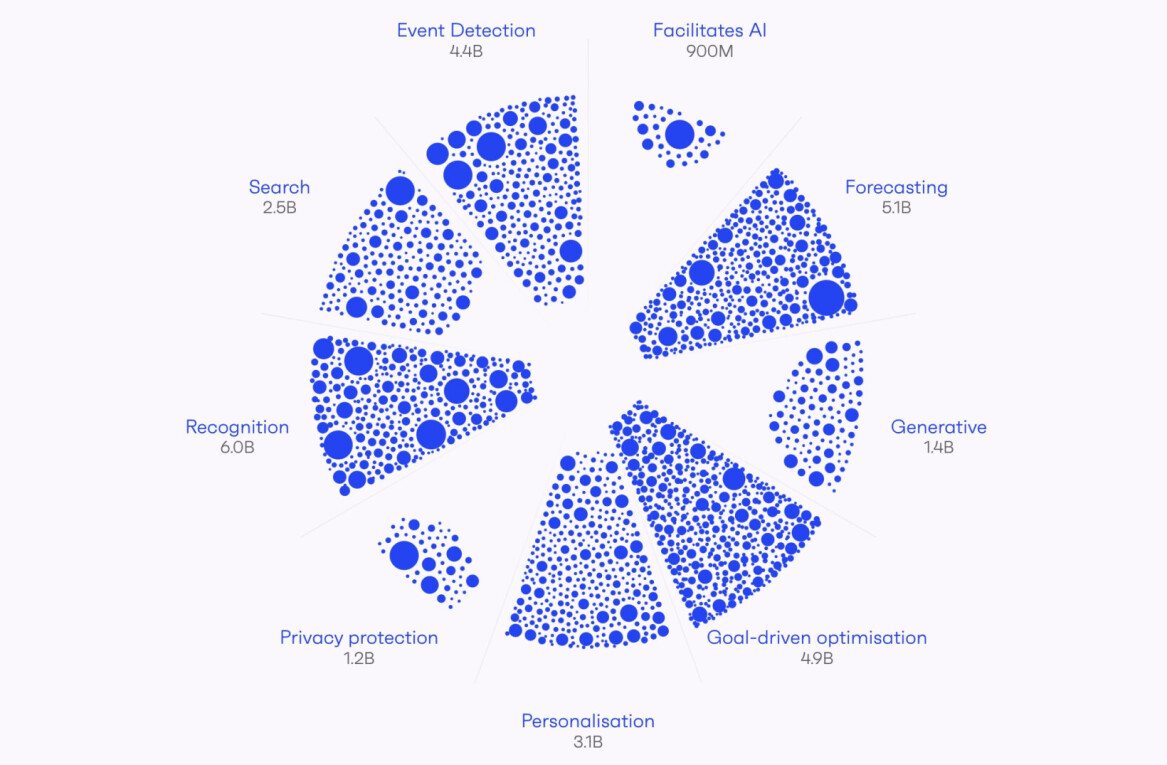
“Video is the most social of media. It’s more personal than a static image, more persuasive than written text and more emotive than the spoken word. If the Old Spice guy in a towel taught us anything, it’s that good video content is meant to be shared.”
The Next Web has been out and about at Internet Week Europe (IWE) this week, and you can monitor all our coverage here. We were at the What’s Next in Social Video? event, where a panel of experts immersed in the social video space offered their perspectives on where we’ve come from and where we’re going in terms of social video.
On stage to help answer this question were Toto Ellis, Strategy Director at TBWA; Paul Wright, Chief Digital Officer at OMD Group (UK); Jon Williams, Creative Group Head at Unruly Media, with Matt Cowan, Technology Correspondent at Thomson Reuters, moderating proceedings.
Social video campaigns generated over 2.7 billion views in 2010 and this figure is likely to top 10 billion in 2011. But what IS social video? “It’s a bringing together of content and conversation”, says Williams. “It’s an evolution of ‘viral’ and it has grown up a lot now; it’s content that sparks conversation, it’s content that people want to be associated with through their social media profiles. It’s something that draws the viewer towards it, rather than being pushed in front of people.”
The difference between ‘social’ and ‘viral’ video
So is there an inherent difference between ‘social’ and ‘viral’ video? “The biggest difference is between video that appears online as an advertising message, viral, and social video which is a bit more engaging, a bit more funny and something that we talk about”, says Wright. “And that’s a big challenge when you talk to clients about it – creating something that makes the audience get up and do something, rather than just sitting back and consuming the video.”
Ellis had a stab at differentiating the two concepts. “They’re a different statement of intent”, he says. “With viral videos, it’s a case of just getting a video to ‘go crazy’ and be passed on from person to person. With social video, it’s more a case of creating something more shareable, something you can play with and interact with.”
“My feeling is that social video is an attempt to bring people back to a compelling advertising model that works for brands”, added Cowan. “Are we trying to recapture some lost magic that disappeared with the advent of the Internet?”
Reclaim the magic: Tell a story
A fair question, perhaps. The traditional, story-rich adverts designed by the creative maestros of Madison Avenue may have led us to almost forget what ‘storytelling’ is all about. Can ‘funny’, ‘quirky’ and downright ‘crazy’ single-handedly replace the charming, engaging ads of yesteryear?
That’s perhaps an overly-cynical synopsis of where we’re at with video in the digital age, and one that Wright was also quick to dismiss. “I think there’s always this belief that the Internet has taken everything away and we’ve given up watch TV, but that’s not true”, he says. “But I think with social video, brands can interact with fans, customers…whatever they call them, in a very different way to traditional platforms. So I don’t think we’re trying to recapture stuff, I think we’re just using interactivity in a way that you can’t do on other platforms.”
So, with the rise of Facebook, Twitter, YouTube and other social platforms, video fits nicely into that way of sharing and communicating. “But for young audiences, the same things are going to apply”, says Wright. “It has to be relevant, it has to be something that interests them…regardless of what platform it’s on.”
The same underlying ethos applies to creating popular social videos as it has always done to any video. It needs to be engaging, interesting, relevant. And it should probably tell a story too, something that may be missing as technology innovations run ahead of our ability to actually master the art of using them to tell a story.
With that in mind, how well are brands harnessing the potential of social video? “It depends on what campaign model you’re talking about”, says Ellis. To help illustrate the point that not all companies are ‘getting it’, Ellis pointed to one of his company’s clients that simply wanted to seed a huge TV ad online to encourage a conversation around the brand – they saw social video as basically feeding into the bigger picture of what really mattered, namely building a buzz around the TV ad pre-launch.
Video hits
Whilst that’s perhaps the wrong way of doing things, more and more brands are also looking towards creating that social video hit. But there’s a danger of treating online ‘social’ video as a completely separate part of company’s brand, rather than trying to create a cohesive brand identity that effectively uses all marketing channels – online and offline – so that everywhere you go, customers see the same message, or ‘story’.
Of course, many of the Internet’s biggest video hits were hits for no reason other than chance – pure fluke. Someone armed with a camera was in the right place, at the right time as is the case with the ‘Charlie Bit My Finger’ video, which at the time of writing has over 385m views on YouTube. And recreating that is incredibly difficult for brands.
“When advertisers are deciding on spend they need to be reasonably sure there will be something in return”, says Cowan. So, from an advertiser’s point of view, how do you convince companies that social/viral videos are the way to go and what metrics are used to determine success?
“With so many people sharing stuff online now, it’s getting harder to cut through that”, says Wright. “Therefore, clients make it very clear they want to make this cut-through. But then you have to decide what exactly you’re measuring. Is it being measured as a broad business case? Or is purely down to number of views, which don’t really mean a whole lot to anybody.”
It seems that with any digital video endeavor, there’s never any guarantee that clients will get exactly what they’re looking for. In fact, there is every chance they won’t get the massive Internet hit that they crave, and in many ways it’s like a big experiment for both the video creator and the brand.
Indeed, another reason why social video can be so difficult to monitor and track is because it’s difficult to fully understand where people are watching the video. If a brand has a million views of a video on their YouTube channel, that doesn’t tell you if the video has been ripped and uploaded on other YouTube channels, or other video-sharing websites for that matter. Monitoring social video metrics can be a minefield.
Attention spans
We’ve previously looked at how people’s attention spans are shortening, with TV commercials shrinking in length – the 60-second TV product pitch was replaced by 30-seconds, which in turn is being usurped by 15-seconds. In 2009, over five million adverts were 15 seconds in length on US TV screens, a 70% rise since 2005. But an interesting little nugget emerged from the session at Internet Week Europe.
Citing a report he’d read produced by the Jun Group, Cowan said: “Videos that are 15 seconds or less are clicked on the most, but used the least by creators. Is this a sign that brands really aren’t getting what social video is about?” Maybe that is the case, maybe most brands aren’t quite getting it yet, with only 10% of social videos lasting 15 seconds, despite studies showing they are 153% more effective than videos between 16 seconds and one minute. Though curiously, Videos of 60 seconds or more are the second-most effective format, outperforming videos between 16-60 seconds by 70%. As the report notes, maybe 16-60 seconds videos are not enough time to tell an engaging story.
On that note, we’ll leave you with this neat social video infographic, produced by the Jun Group:
Get the TNW newsletter
Get the most important tech news in your inbox each week.






